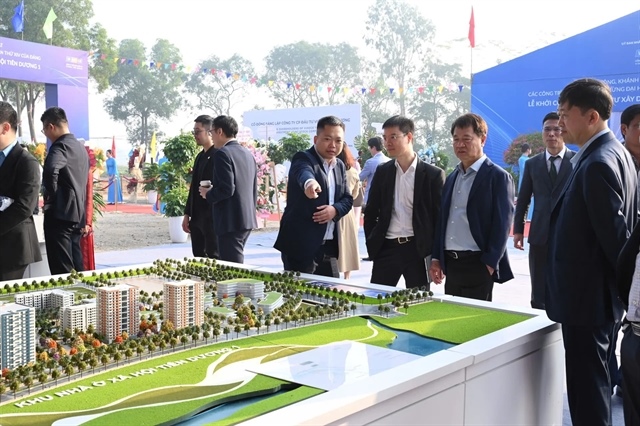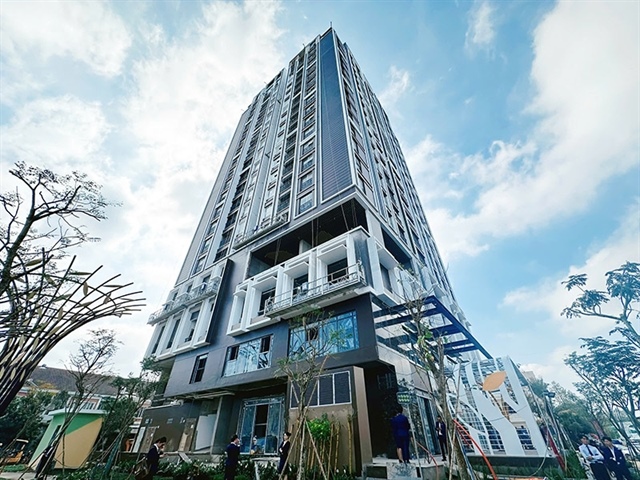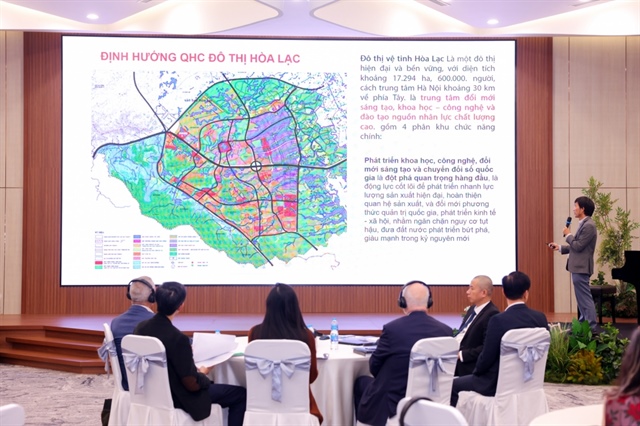Doubts swirl around ambitious anti-saline intrusion project in Vietnam’s Mekong Delta
Doubts swirl around ambitious anti-saline intrusion project in Vietnam’s Mekong Delta
Experts are questioning the touted benefits of an approved multimillion-dollar plan to prevent saltwater intrusion in a coastal province in Vietnam’s Mekong Delta region, highlighting fears of negative ecological and agricultural impacts.
The VND3.3 trillion (US$145 million) project was given the green light by Vietnamese Prime Minister Nguyen Xuan Phuc as a means of mitigating Kien Giang Province’s annual recurring saltwater intrusion issues and the ensuing freshwater shortage for farming and household use.
The project will be the largest of its kind in southwestern Vietnam, with two massive inland sluice gates controlling the Cai Lon (The Big) and Cai Be (The Small) rivers, a dyke, and a connective canal to aid in controlling the water level in each waterway.
The Cai Lon River, about 600m wide, and the smaller Cai Be River run parallel to each other through the province before emptying into the sea.
Le Hong Linh, director of the company heading the project, said the construction will enable the control of water levels and create a means of protection from flooding for 907,000-hectares of land in Kien Giang and neighboring provinces, approximately one-fourth of Vietnam’s Mekong Delta, used for farming.
Water and land transportation is also expected to be improved as a result of the project, he added.
Experts from Germany, Canada, and Vietnam took a field trip to the area to investigate any impacts the sluice gates would have on the local ecosystem and returned with news that the project would most likely benefit the local fish and shrimp farming industries by reducing the negative effects of drought and increasing the water levels in the Cai Lon and Cai Be rivers during the dry season.
Critics, on the other hand, say the project does not go far enough to alleviate concerns over fresh water resources in the region.
Tang Duc Thang, deputy director of the Vietnam Academy for Water Resources, said that the project should be reevaluated to consider future decreases in the amount of available fresh water in Kien Giang and the estimated 100 percent increase in the amount of waste produced by local industrial and farming practices and households expected by 2030.
Nguyen Huu Thien, an independent ecological expert, said the project’s aims are misguided.
According to Thien, the severe drought which hit southern Vietnam in 2016 is no justification for an expensive endeavor, considering it would offer little help during an extreme drought.
As for experts who say the sluice gates would help mitigate the effects of sea level rise, Thien counters by citing that the mean sea level increases by only three millimeters per year and what is more worrisome is the current sinking of land in the Mekong Delta due to excessive underground water use, as well as the potential for the accumulation of pollutants in the rivers if the sluice gate plan is realized.
Nguyen Ngoc Tran, an expert on Vietnam’s Mekong Delta region, advised conducting an environmental assessment to research the extent to which local land and water quality may be affected.
“The project will affect the natural environment, production in the region, and the livelihoods of millions of people. The impacts of these factors must be taken into consideration from the moment the project begins,” he said.
The Kien Giang administration will require additional information from the developer of the project before it is allowed to start, Nguyen Van Tam, the province’s Department of Agriculture and Rural Development, told Tuoi Tre (Youth) newspaper.
“We have to be very cautious since this is a big project that may have multifaceted ramifications.”




















